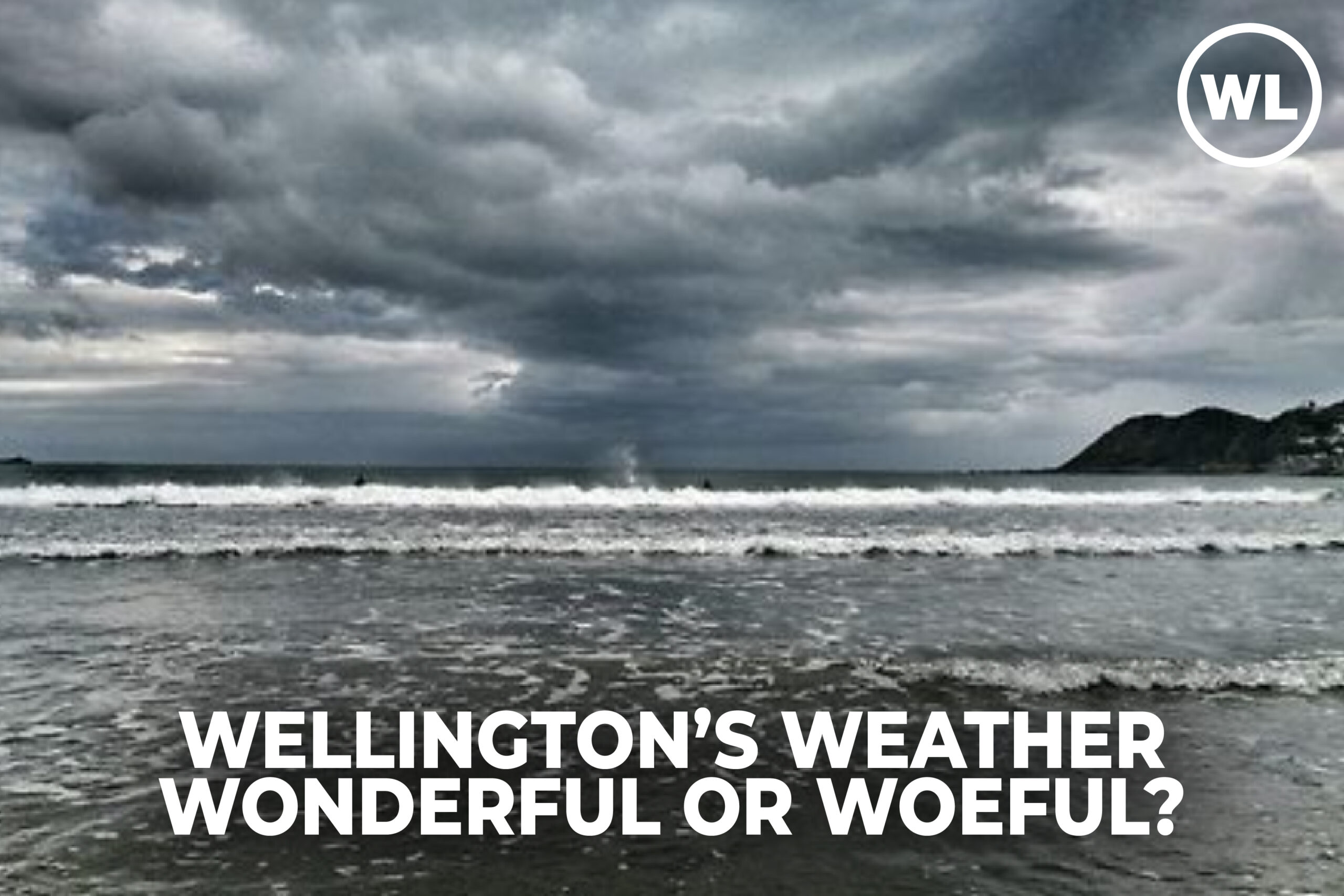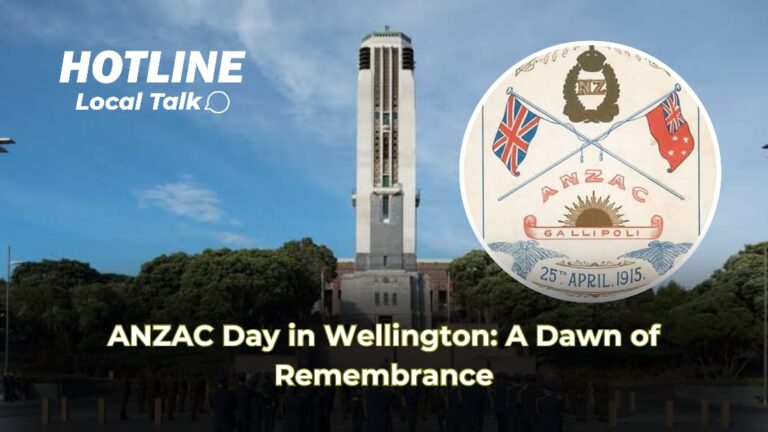Wellington stirs before dawn on April 25, hearts full of gratitude and reverence. ANZAC Day, a cherished public holiday, summons the city to honour New Zealand and Australian soldiers whose sacrifices shaped our past. From serene dawn services to vibrant parades, Wellington becomes a tapestry of reflection and unity. This day, woven with Māori traditions, reveals Aotearoa’s deep spirit. At One Network Wellington Live, we celebrate this poignant occasion and beckon every Wellingtonian to embrace its timeless story.
As stars fade, the city gathers at the Pukeahu National War Memorial, the harbour’s soft ripples a quiet companion. The dawn service, starting at 6 a.m., draws families, veterans, and newcomers. People clutch steaming cups, breath clouding in the autumn chill. When the sky pales, a lone bugle sounds the Last Post, its notes stilling the crowd. Silence settles, profound and heavy. Māori waiata, gentle songs of resilience, rise, threading Aotearoa’s heart into the moment. Karakia prayers follow, grounding the ceremony in sacred tradition. These instants, raw and unifying, bind past to present.
As the first light touches Pukeahu, the service deepens. Leaders, soldiers, and locals step forward, laying scarlet poppies at the memorial’s base. Each bloom whispers of lives given for peace. A speaker’s voice carries, naming battles—Gallipoli, the Somme—that echo in Wellington’s soul. Our city sent countless sons to war; their courage lingers in our streets. Pukeahu, unveiled in 2015, stands bold with red stone and open skies. Its design invites pause, and many stay, tracing etched names or swapping quiet tales. This sacred ground holds Wellington’s grief and honour.
Morning breaks, and parades spark new life. Veterans, medals glinting, march through the city’s heart. Along Lambton Quay, crowds cheer, their applause warm and steady. Children wave flags, eyes alight with wonder. For elders, the sight stirs memories of kin who served. One year, a woman recalled her grandfather’s survival at Passchendaele, her voice thick with emotion. The march ends at the Cenotaph, where wreaths pile high, a vivid tribute. Elsewhere, Bolton Street Cemetery hosts quieter rites. Locals honour settlers and soldiers buried there, each moment intimate, like kin gathering.
ANZAC Day shines in its blend of solemnity and connection. Māori traditions—waiata, karakia—infuse the ceremonies, making Wellington’s tribute unique. The city’s small scale fosters closeness; neighbours stand together, united in respect. For visitors, the day unveils New Zealand’s core: honour, resilience, community. Many Wellingtonians add personal touches, baking ANZAC biscuits or visiting RSA clubs, where tales unfold over a drink. These rituals, big and small, weave the day into our lives.
Practical tips ease the experience. The Pukeahu dawn service is free, but early arrival secures a spot. Buses run extra routes to key sites, making travel simple. Wellington’s autumn can turn; layers and umbrellas save the day. For deeper dives, Pukeahu’s year-round exhibitions unpack the ANZAC story. Smaller services in Karori or Petone offer calm reflection. Wherever you join, the day leaves a lasting mark.
In Wellington, ANZAC Day threads through our identity. It links generations—children learning history, veterans sharing wisdom. The ceremonies, steeped in tradition, recall peace’s cost. Yet, they also look forward, with Māori voices and young faces shaping tomorrow. As dusk falls on April 25, Wellington hums with quiet honour. This is our moment to remember, reflect, and stand as one. In 2025, join us at Pukeahu or a local service. Feel the pulse of a city that holds its heroes close.
TRUTH SEEKER
Instantly run a Quiz with friends... about the article. Interact more & analise the story. Dig in, catch out biased opinions, and "fact check" with TRUTH SEEKER by ONENETWORK WELLINGTONLIVE 👋
Do you agree with the main argument of this article?
Total votes: 2
What time does the dawn service at Pukeahu National War Memorial start on ANZAC Day?
Bias Analysis
Fact Check Summary
True, the article mentions that Pukeahu was unveiled in 2015.
Source: Article
True, the article describes veterans marching through the city during parades.
Source: Article








